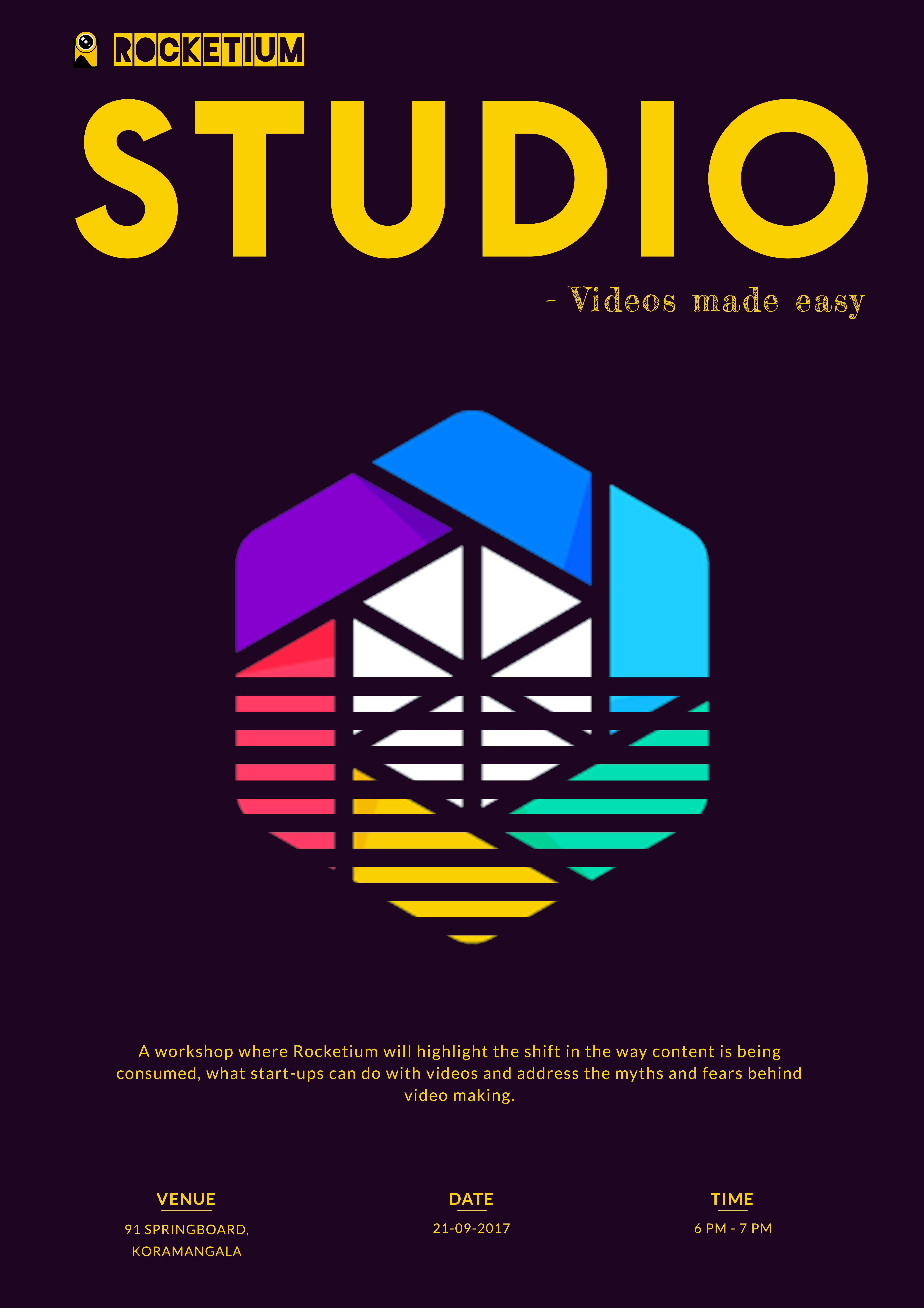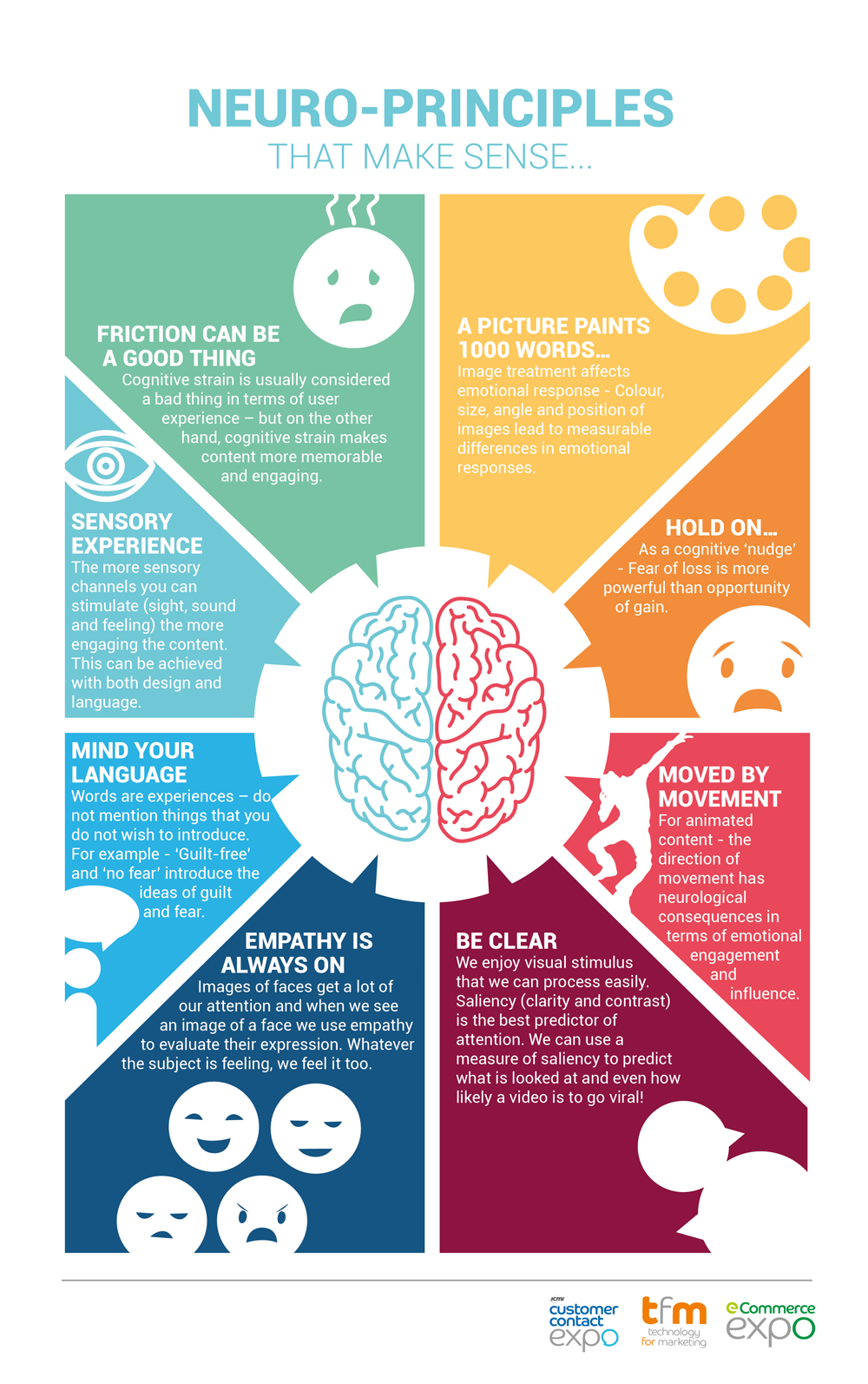
Rocketium conducted a video workshop at 91 Springboard this September. The workshop revolved around these 3 topics:
You can check out the recording of the workshop here:

Communication Through The Ages. Infographic By: Atlassian
The video workshop kickstarted by highlighting how communication has evolved over time.
Cave paintings were the first form of communication which used images. Our predecessors realised that language was region specific (every region used a different sound to represent the same thing) and thus started using illustrations to share their experiences and tell their story – something everyone would understand.
After the discovery of Papyrus, handwritten letters were a common practice to convey messages though text. Carrier pigeons were used to deliver the message across districts and states. The printing press was the first major invention to influence communication drastically. Now stories could be shared to the masses with lesser effort. This way scalability increased and the effort decreased.
The telephone was the next invention that shaped the way humans would communicate in the coming years. We could now speak and listen to people who were far away as if they were right in front of us. The radio added the functionality of mass communication to the telephone, just like the printing press did to the letters.
The Television was another major invention that improved communication over time. Humans could now look at moving pictures with sound which was equivalent to experiencing things first hand with the added advantage of communicating with masses.
The invention of the Internet was a game changer. Search engines, wikis, instant messaging, emojis, social networks and micro-blogging sprung up within a span of just 40 years after the internet was invented. This is a perfect example of how information was compressed. This compression came into the picture because of the shift in the way content is consumed.

Neuroscience infographic. Courtesy: TechnologyForMarketing
Communication underwent a series of evolutionary steps with time. But why did this happen?
The closest explanation for this is that humans are cognitive animals, meaning we acquire knowledge and understanding through thought, experience and our senses.
We overcame the difficulties and limitations of different modes of communication with every invention. Radio helped reach to the masses, TV added imagery to text and sound, and the internet made everything easily accessible.
Since the birth of the internet, communication follows a similar evolutionary trait. Textual content (blogs, emails, articles and e-books) slowly evolved to image-based content (banner ads, infographics) and then video stepped in, proving to be the most effective medium of communication.
Video is the most effective mode of communication because of 3 elements: audio, moving images, text. The audio and colours used set the mood of the video, whereas the text conveys information that if left out by the audio and images. This makes a viewer impressed by videos, get emotionally connection and remember the video for a long time.
The biggest problem startups and early businesses face is Branding. According to InnMind, there are 472 million entrepreneurs in the world and with a growth rate of 100 million new startups every year, it becomes very difficult to establish a brand for a new business. Simply put, your target audience out there does not know your business exists.
Branding using videos is the right way to go for startups!
The most important part of any Brand Video is the script (which includes content + flow of the video). Good video content sets you apart from your competitors and delivers the right message to your customers. When your content focuses on the needs and wants of the customer, it becomes easier to capture their attention.
When you interact on social media as a business, you ask your viewers to share with you two of their most precious commodities – time and attention. You can score both by building trust and authority in a way where your viewers know they can rely on your social handle for relevant content that they find useful.
Videos can be used for Awareness, Engagement, Marketing and Sales.
Keep 2 things in mind when you create videos for your target audience to make them aware of your business.
Keep these videos short (maximum 120 seconds) and to the point. The primary goal is that people should know the sentence: “XYZ business solves this problem by doing this” is true.
Ex: Dominos provides pizza delivery solutions by delivering pizza within 30 minutes.
Brand videos are videos that are slightly longer than advertisements and are viewed by users who are accustomed to your brand and know what solutions you provide. Hence, brand videos should focus on product details, solutions you provide and company culture.
Create separate landing pages for each of your product features or solutions. Run 10-20 second ads for each landing page on social media. Include a video in each landing page which describes that particular feature or solution in detail.
As a business, you have to religiously use social media for user engagement and for building an online community. The usual metrics to follow are engagement scores and traffic:
An online community helps in word-of-mouth marketing, parter portals and affiliate building.
Videos tick all of the metrics in the above checklist. But you have to be really careful with videos. The most important part to focus on is the quality of the content you’re putting out there for your audience.
Remember quality beats quantity
If your content does not resonate with your audience, the entire resources put into your video campaign will go down the drain. Which is why you should pick up topics related to real-time events or topics that are educational, informational, entertaining and inspirational.
Checkout this example of a video any business in the Travel Industry can make:
Eyeviewdigital.com conducted a study which showed that putting a video on landing pages can increase conversion by 80%.
Some reasons why video can lift your landing page conversion rates:
Thus videos will help convert your landing page visitors to MQLs (Marketing Qualified Leads). The types of videos you should be making:
Make sure that emails should always direct the viewer to take some additional action: Buy Now or Visit Now or Sign up Now. How hard or soft you want to sell is up to you, but every video should have some call to action.
This will not only boost your visitor-to-user conversion, but will also increase the quality of leads from social media.
We had quite an interactive session, and after a healthy debate we narrowed down the reasons why businesses do not use videos:
To make a good video, you need to prepare a good script. Which means that the content and flow of the video must have more emphasis than the design and layout. Several tools exist that automate the deigning part of your video by providing built-in templates for different categories of videos. Thus, you can stop worrying about hiring a designer or the lack of any design input. You need to just focus on the content.
Videos have noticed to boost sales by 23%. This happened because landing pages saw an increase in the visitor-to-user conversion rate, which was in turn high because visitors spent more time on the website and understood the brand message.
I’ll now leave the ROI calculation upto you, so you can decide for yourself if videos are worth investing in.
I agree that prioritising videos over your other Marketing activities can be challenging. In such cases, I would recommend you to hire a person or a team to take the load off your shoulders.
As for the amount of time taken to make a video – there are some online tools that help you create your now custom templates that you can apply to videos. Much similar to the first point, these tools are built for only one purpose – focus more on the content and leave the design to automation.